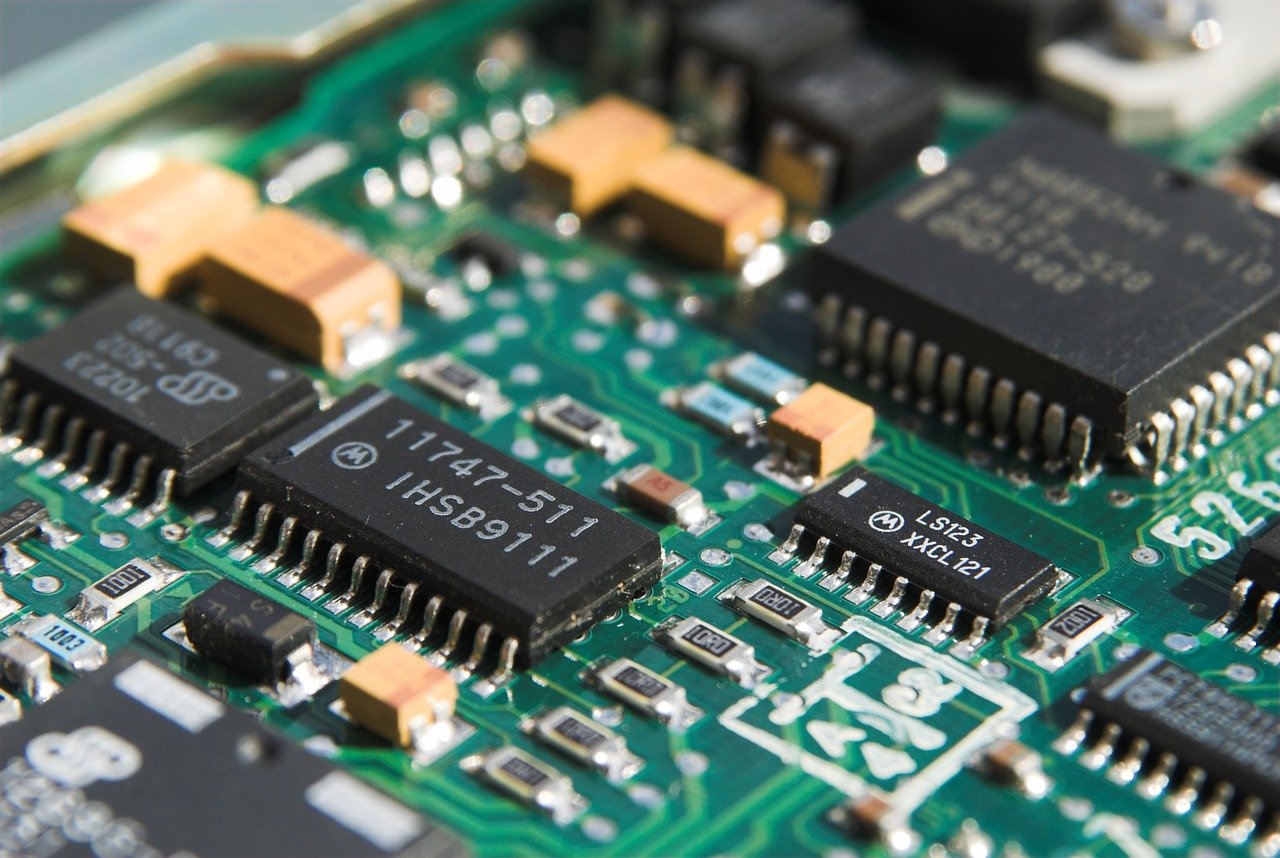Packaging Standards in the Electronic Components Industry
Surface-mount technology (SMT) packaging standards help to standardise the physical dimensions (i.e. sizing) of surface mount components to simplify assembly and mounting. The most recognised standards organisations in the industry are JEDEC and EIA, which are introduced below.
-
JEDEC—the JEDEC Solid State Technology Association is a semiconductor trade and standards organisation comprising 300 member companies, including key players within the microelectronics industry. JEDEC (which was originally known as the Joint Electron Device Engineering Council) provides specifications for electronic components, including SMDs (such as the best practices for surface-mount device fabrication, packaging, and handling).
-
EIA—the Electronic Industries Alliance develops standards and policies for surface-mount components in the electronics and electrical industry via its EIA Standards Committee. Like JEDEC, the EIA is a coalition of leading electronic component manufacturers.

A closeup of a printed circuit board with passive surface-mount components. Image Credit: Pixabay.
SMD Packaging Sizes for Passive Components
Per industry specifications, passive surface-mount components fall into several packages of varying sizes. The table below outlines, from smallest to largest, the physical dimensions for standard SMD packages.

The surface-mount technology package sizes above apply to passives that have a rectangular construction, such as resistors, capacitors, and inductors. However, components such as tantalum and ceramic capacitors usually have slightly different package sizes, per the EIA specifications as follows.

Transistor Packages
Diodes and transistors come in special packages with different dimensions to that of other passives. The SOT-23 SMT package (‘SOT’ meaning ‘small outline transistor’), for instance, is used in very small surface-mount transistors with three or more pins and measures 3 mm by 1.75 mm by 1.3 mm. The SOT-23 package is used in high-power SMT transistors with four or more pins and measures up to 6.7 mm by 3.7 mm by 1.8 mm.
Integrated Circuit Packages
For integrated circuits (or ICs), the common types are the quad flat package (QFP), small outline integrated circuit (SOIC), ball grid array (BGA), and plastic leaded chip carrier (PLCC).
Quad Flat Package (QFP)
The QFP is a rectangular or square integrated circuit package, which is a few millimetres in thickness and has ‘gull-wing’ lead contacts that extend from each of its four sides. The common variants have pin counts ranging from 32 to 256 pins. There are also ceramic (ceramic quad flat, or LQFP) and plastic (plastic quad flat pack or PQFP).
Small Outline Integrated Circuit
SOICs are small, rectangular IC packages that have gull-wing leads that extend from the two longer edges and have pin counts of 14 or more. Variants include the thin small outline package (TSOP) and thin-shrink small outline package (TSSOP). An SOIC is one of the most common packaging types used in a wide range of devices, such as consumer, industrial, and communications equipment.

A closeup example of a surface-mount device with ‘gull-wing’ lead contacts, so named due to the curvature of the pins on each side of the component. Image Credit: Pixabay.
Ball Grid Array
BGA packaging is ideal for achieving high-density connections with surface-mount ICs. Unlike the gull-wing leads of quad flat packages, BGA contacts form a grid pattern underneath the package. This unique feature grants engineers the efficient use of PCBs (although soldering can be more challenging). BGA variants include plastic-type (PBGA), moulded array process type (MAPBGA), and thermally-enhanced plastic (TEPBGA).
Plastic-leaded Chip Carrier
PLCC surface-mount devices offer more mounting flexibility for ICs by enabling them to be installed on a PCB, either directly onto the board or into a socket. PLCCs usually have JJ-shaped pins that fold under the package. The pin count on a PLCC package ranges from 20 to 84.
The Importance of Surface-mount Components to Engineers
SMT components come in a wide range of packaging types and sizes that are standardised to simplify engineers’ assembly and mounting processes. Ultimately, by having sound knowledge of component packaging standards, types, and sizes, engineers who are involved in electronic component sourcing are able to carry out their jobs more efficiently.







